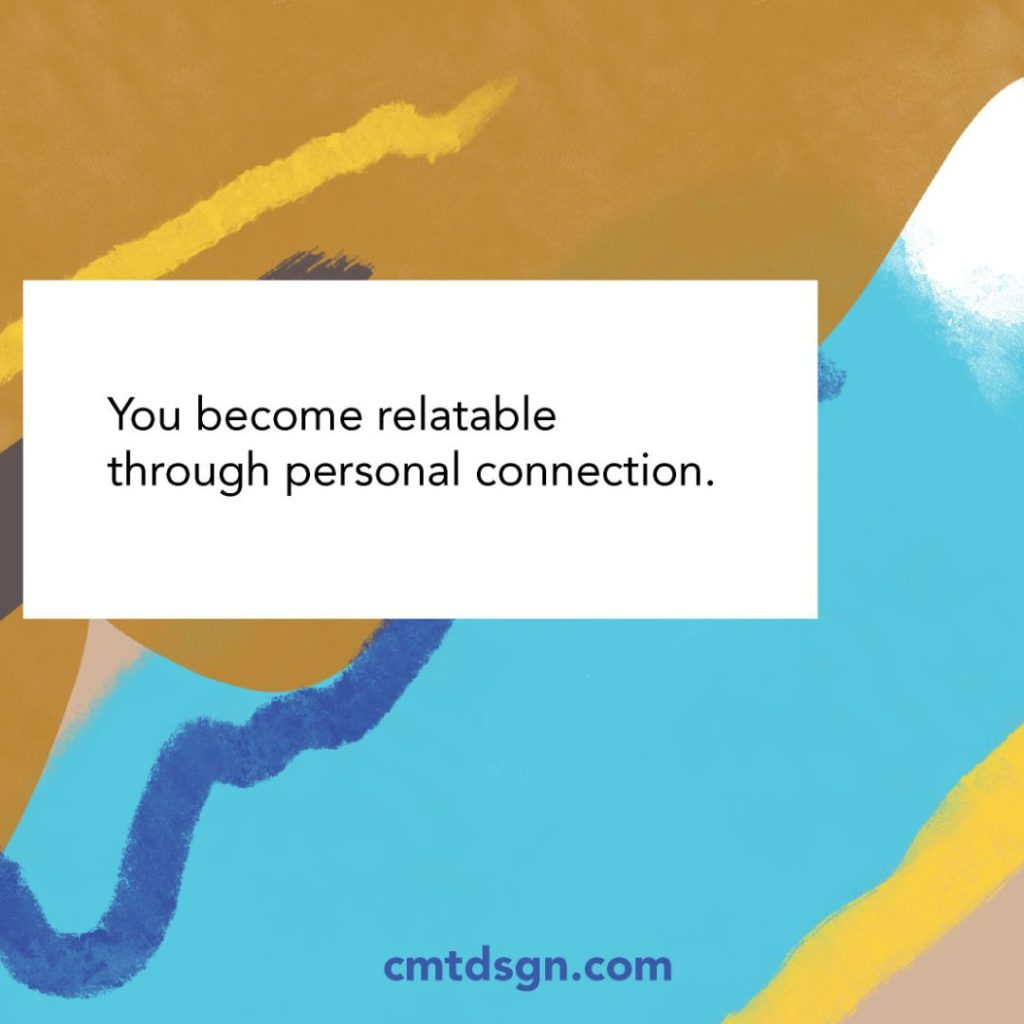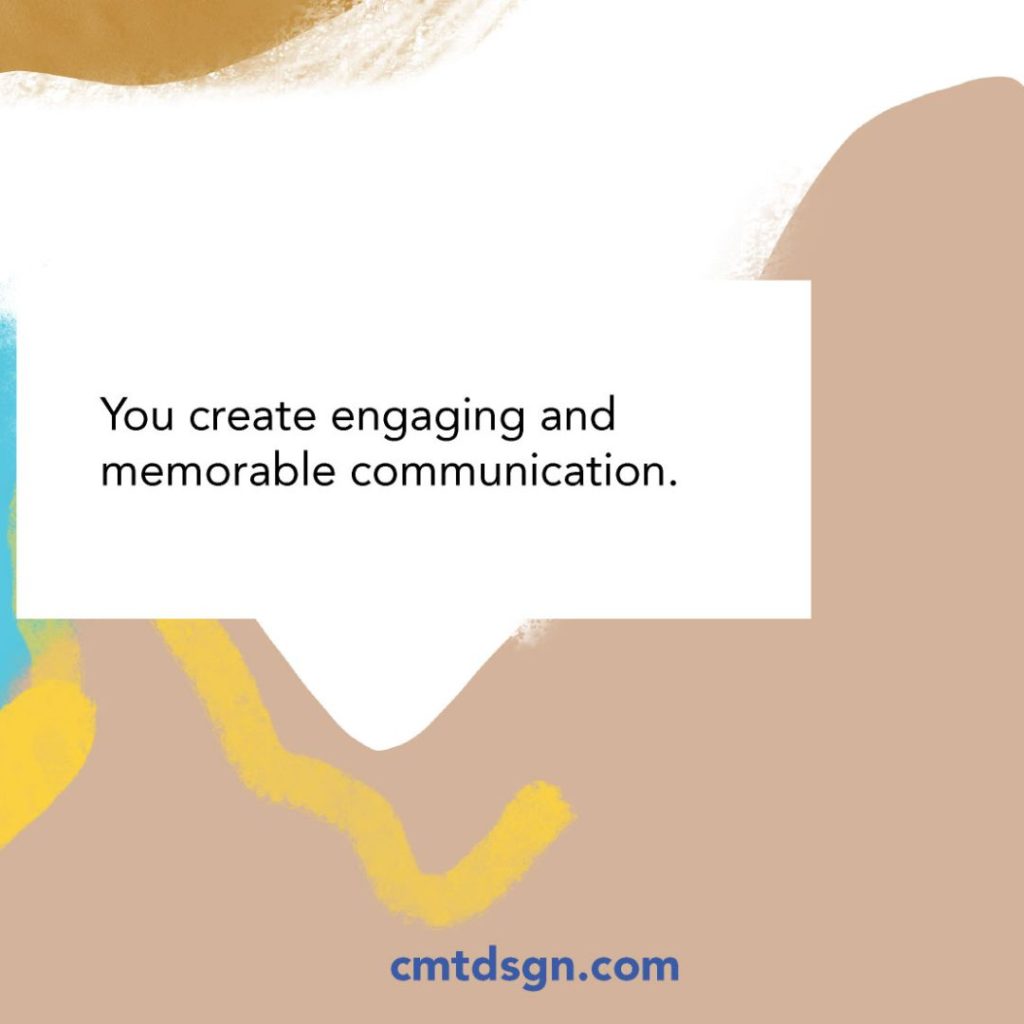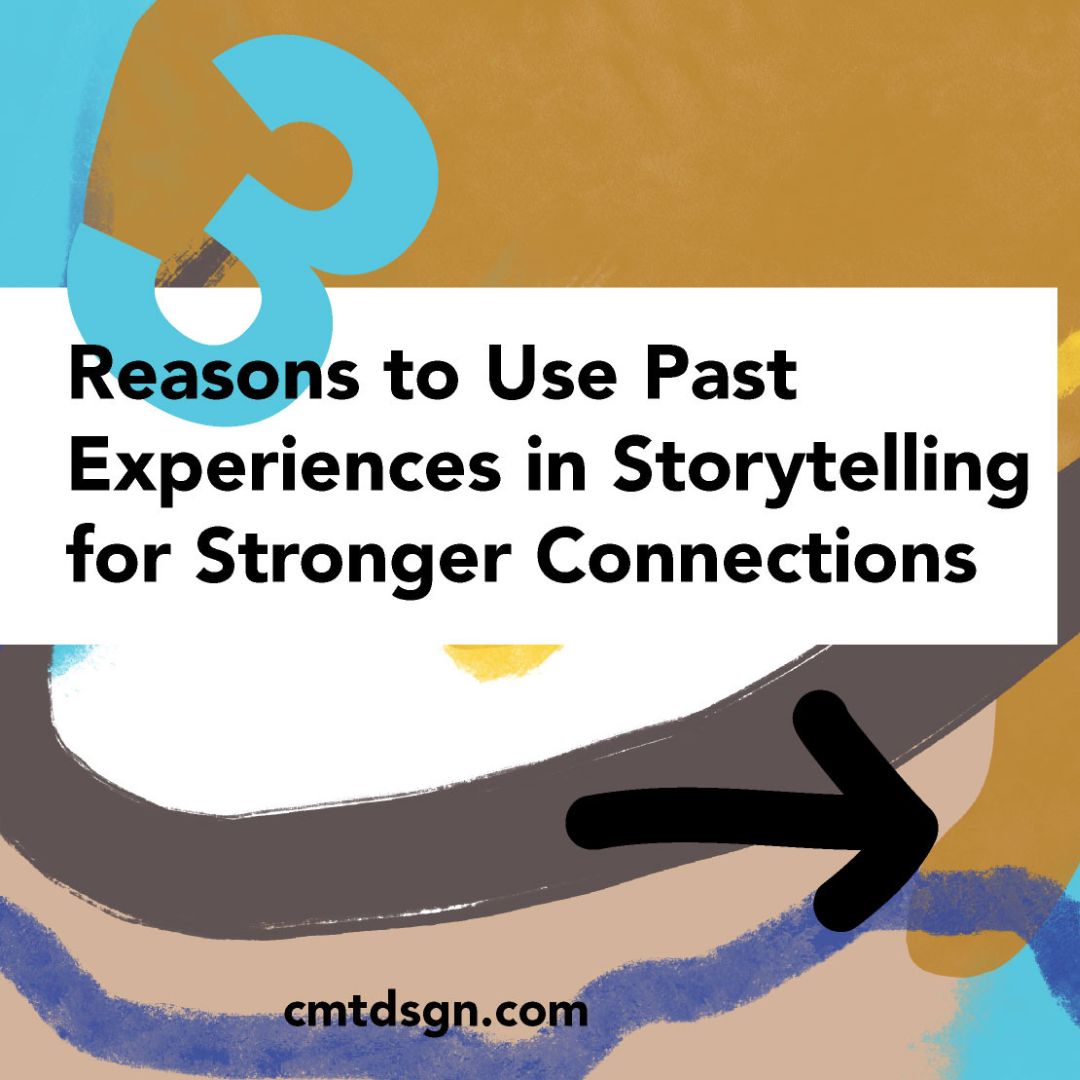other humans today. Humans love building connections or explain an idea. The first form of storytelling dates back 36,000 years ago in The Chauvet Cave in France. People say stories drawn on the walls about a volcano disaster.
Humans seek connections through similar experiences to find common ground with another individual, to form an emotional connection and develop a mutual understanding. Each human has completely different experiences in life that make them who they are today. Everyone has a different path making this the key to stand out. Using your stories to differentiate yourself is a great strategy to stand out to your people. Our personal experiences not only mold us into who we are now but it changes how you see the world and interact with others. Peoples experiences help shift others mindsets, and given everyone has their paths and stories will have so much power to move an audience. Using past experiences in your communication builds a story behind why you do what you do, boosting emotional connections with others you interact with.
I am sharing three reasons you must bring your past experiences into your brand communication.

You become relatable through personal connection.
Art Therapists fear getting too personal with their target audience because they are working on maintaining boundaries, staying objective, avoiding dependencies, and being careful of legalities. I completely understand these points. I have experienced this myself through my past experiences in therapy and coaching. I believe you can still stick with these rules but strategically bring in a few personal stories that allow a bit of understanding and connection at the onset. Boost the experience on both sides. It will create openness for the client to open up to you much more, and you, the therapist, can help them on a deeper level. You develop a personal connection with that client through a tier system of trust. Speaking of trust this is the key for successful marketing. Through personal storytelling within your marketing, you establish a personal and emotional connection right at the onset with your target audience. Boost the know you, like you, and trust you factor with this tactic. Sharing your stories builds relatability as art therapists helping potential clients feel less nervous to reach out to you. You remove any doubt that way. Telling stories humanize yourself so that you are not positioning yourself as someone superior and unreachable. Stories bring you down to your ideal clients level so they can relate to you and see themselves in your story. That way it builds trust and respect towards you. For instance, if you are running a free webinar; talking about the inner child. You can share a personal story related to the topic, the inner child that can be a part of introducing yourself. It breaks the ice of any doubts your target audience might have about the topic or you. It creates a relaxing atmosphere between you and your target audience. You shifted the atmosphere with your story, and your target audience would be more likely to engage with your webinar and feel that you understand them and can relate to your experiences.

You create engaging and memorable communication.
Do not always rely on facts and statistics to get someone to hire you or subscribe to you. Balance the rational with the emotional in your branding and marketing communications. Sharing stories creates that emotional connection between you and your ideal client. The goal is to receive an emotional response and a level of relatablity, meaning they picture themselves in your story and feel the same feelings. When this happens, the potential ideal client will take action by following you, signing up for your mailing list, or booking a free consultation with you. You want them to respond because this will create a memory and have your brand story stuck in their minds because it connects with them, moves them, and inspires them. The goal here is to be memorable so you are always on their minds. Remember, people memorizes stories that move them more than facts. It needs to pull at emotional heartstrings. For instance, if you are looking to shift a persons mindset around mental health and art therapy or buy your course or session, telling a story of how your session or art therapy modality helped you can be a powerful tool in shifting a belief. It provides back up with a proven example. Take this approach of storytelling with your target audience will be able to connect with your experience and feel emotionally invested in the value that you bring. In the mental health industry there is a communication gap in brands because the focus is too much on the facts and stats. People turn away in disinterest and usually never gets to the point. If you want to boost engagement in your communication materials, use storytelling because it allows you to get to the point faster. The person will process and understand it better because it helps encourage visualization to know the context and what is going on, plus embody the main character. The story then protrays meaning behind why you do what you do; to clearly get your message across. In the end, people buy the why behind what you do.

You build your expertise and credibility.
The power of the story helps to showcase the process of how you solved the problem. Again, it takes the reader on the main character journey allowing them to feel the feels and see the challenges that came up and how you managed them. This form of communication gives them a clear understanding of what you can do for your ideal client. The story backs you up with your knowledge and experience to help others in similar situations. People look for professionals with experience behind them, and the story shows proof. Plus, it gives the connection a booster in the trust margin because it positions you as an expert in your field. Reassures the client that you are the right therapist to solve the problem. For example, if you are an art therapist, you might share how you helped a struggling overworked professional turn their life around and live at a slower pace. Demonstrates your expertise in your niche field and give your target audience confidence in your ability to help them achieve their goals.
To summarize, storytelling uses past experiences as a catalyst in all communication materials and interactions with your ideal client. It’s a powerful tool for building a story and connection with your audience and within a business and brand. Stories create personal connection, engaging and memorable communication, and showcasing your expertise to help grow your brand and business. Next time you are communicating with others, think about how you can use your past experiences to connect with your audience and build a more meaningful connection.
